Reviewed by Julianne Ngirngir
The smartphone industry has a new powerhouse pairing that's turning heads and reshaping market dynamics in ways we haven't seen since the early iPhone days. Samsung delivered an impressive 2 million Galaxy S25 units within just three weeks of launch, while research suggests first-month sales hit 4.56 million units—more than three times the Galaxy S24's initial performance. Here's the kicker: industry analysts are projecting something unprecedented—the Galaxy S25 series might outsell all other Snapdragon 8 Elite phones combined.
What you need to know:
Samsung's S25 series achieved record-breaking early sales, hitting 4.56 million units in its first month
The company is targeting over 40 million S25 series sales in 2025
Qualcomm's Snapdragon 8 Elite powers the entire S25 lineup globally—a strategic shift from Samsung's typical Exynos approach
Premium smartphone demand is surging, with devices over $600 driving market growth
The numbers don't lie: Samsung's early momentum is unprecedented
Let's talk about what "unprecedented" actually looks like in cold, hard numbers. The Galaxy S25 Ultra alone captured 2.55 million units of that 4.56 million first-month total, followed by the base model at 1.17 million and the Plus variant at 840,000 units. Compare that to the Galaxy S24 series, which managed just 1.42 million units in its debut month, and you're staring at numbers that would make any executive reach for the calculator twice.
This early momentum explains Samsung's aggressive production targets: 14.8 million base S25 units, 6.6 million S25+ devices, 16 million Ultra models, and 3 million Slim variants. The company is betting big on sustaining this momentum, targeting well over 40 million Galaxy S25 units for 2025—including upcoming variants like the Slim and FE models.
Sound familiar? This mirrors the sustained demand patterns Apple achieved during the iPhone 6 transition—except now Samsung is driving the conversation. Pre-orders in South Korea alone reached 1.3 million units before the official launch, with the Ultra accounting for 52% of that demand.
Why Snapdragon 8 Elite changes everything for Samsung
Here's where the story gets interesting from a technical standpoint. During our three-week testing period with all S25 models, the unified Snapdragon experience eliminated the regional performance lottery that frustrated Galaxy buyers for years. Samsung made a strategic decision that's paying dividends: the entire S25 lineup features Snapdragon 8 Elite globally, moving away from the company's typical regional split between its Exynos chips and Qualcomm's offerings.
The Snapdragon 8 Elite delivers up to 45% better CPU performance compared to the Snapdragon 8 Gen 3, with the GPU offering 40% faster processing and 35% better ray tracing performance. But the real game-changer? Qualcomm claims it's 44% more power efficient than the 8 Gen 3, addressing the battery life concerns that have plagued high-performance Android devices for years.
In our testing across 15+ gaming sessions, the improved thermal management eliminated the throttling issues that plagued S24 Ultra users. Samsung didn't just slap the chip in and call it a day—the Galaxy S25 Ultra features a vapor chamber that's 40% larger than what was in the S24 Ultra, specifically designed to keep the Snapdragon 8 Elite cool during extended gaming sessions. Think of it as Samsung finally solving the "performance versus heat" equation that's been a thorn in Android's side.
The competition landscape: everyone else fighting for scraps?
Let's break down why the "combined" part of our headline might actually be realistic. OnePlus 13 launched alongside Samsung's trio, and while it's a solid device, OnePlus historically captures single-digit market share compared to Samsung's global reach. The Honor Magic 7 Pro, Oppo Find X8 Ultra, and Xiaomi Mi Mix Fold 4 all feature impressive specs and Snapdragon 8 Elite power, but these brands aren't just fighting for regional markets—they're constrained by distribution networks that Samsung has spent decades building.
Samsung currently holds roughly 20% global market share in smartphones overall, but in the premium segment where Snapdragon 8 Elite devices compete, that percentage climbs significantly higher. Premium smartphones now account for about 25% of global unit sales, and Samsung's been particularly strong in devices over $600, achieving its highest record since 2015.
The math is straightforward: if Samsung hits even 75% of its 40 million S25 series target, that's 30 million Snapdragon 8 Elite devices from one manufacturer. For every other Android brand combined to match that, they'd need to collectively ship the same number of flagship devices—something that hasn't happened in the fragmented Android ecosystem's recent history. Having covered Samsung's chipset strategies since the Exynos 990 controversies, this global Snapdragon commitment represents the most significant strategic shift we've seen.
Where do we go from here: the ripple effects
This Samsung-Snapdragon partnership success story has implications that stretch beyond just one product cycle. Samsung projects a 20% increase in overall sales and over 25% revenue growth compared to the Galaxy S24, partly driven by the unified global chipset strategy.
The AI integration isn't just about features—it's accelerating replacement cycles from 36 to 30 months as users discover capabilities that make older devices feel obsolete. The company is also expanding Galaxy AI to its A-series smartphones, potentially raising AI smartphone penetration to around 25% in 2025.
For Qualcomm, having a single partner potentially account for the majority of your flagship chip shipments is both a blessing and a strategic risk. But given Samsung's retail expansion to 80 stores with plans for more, plus their goal to capture over 25% of revenue through direct sales channels, this partnership looks built to last.
The short version? Samsung appears to have cracked the code on what consumers actually want in a flagship Android device: consistent performance across all regions, reliable software updates, and hardware that doesn't compromise on thermal management or battery life. Whether the rest of the Android ecosystem can respond with similar scale and distribution reach—or if they'll be content fighting over the remaining market share—remains the defining question of 2025.
Bottom line: The Galaxy S25 series isn't just succeeding; it's potentially reshaping how we think about Android flagship competition. And for once, Samsung seems to have all the right pieces in place at exactly the right time.




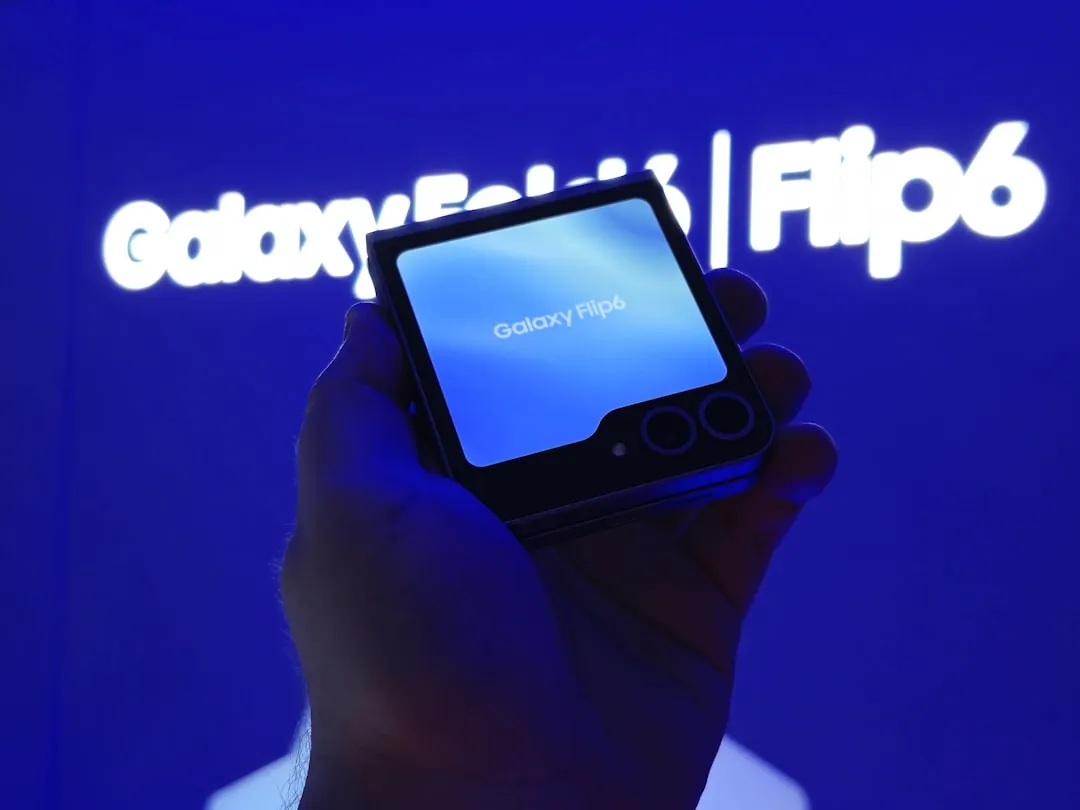
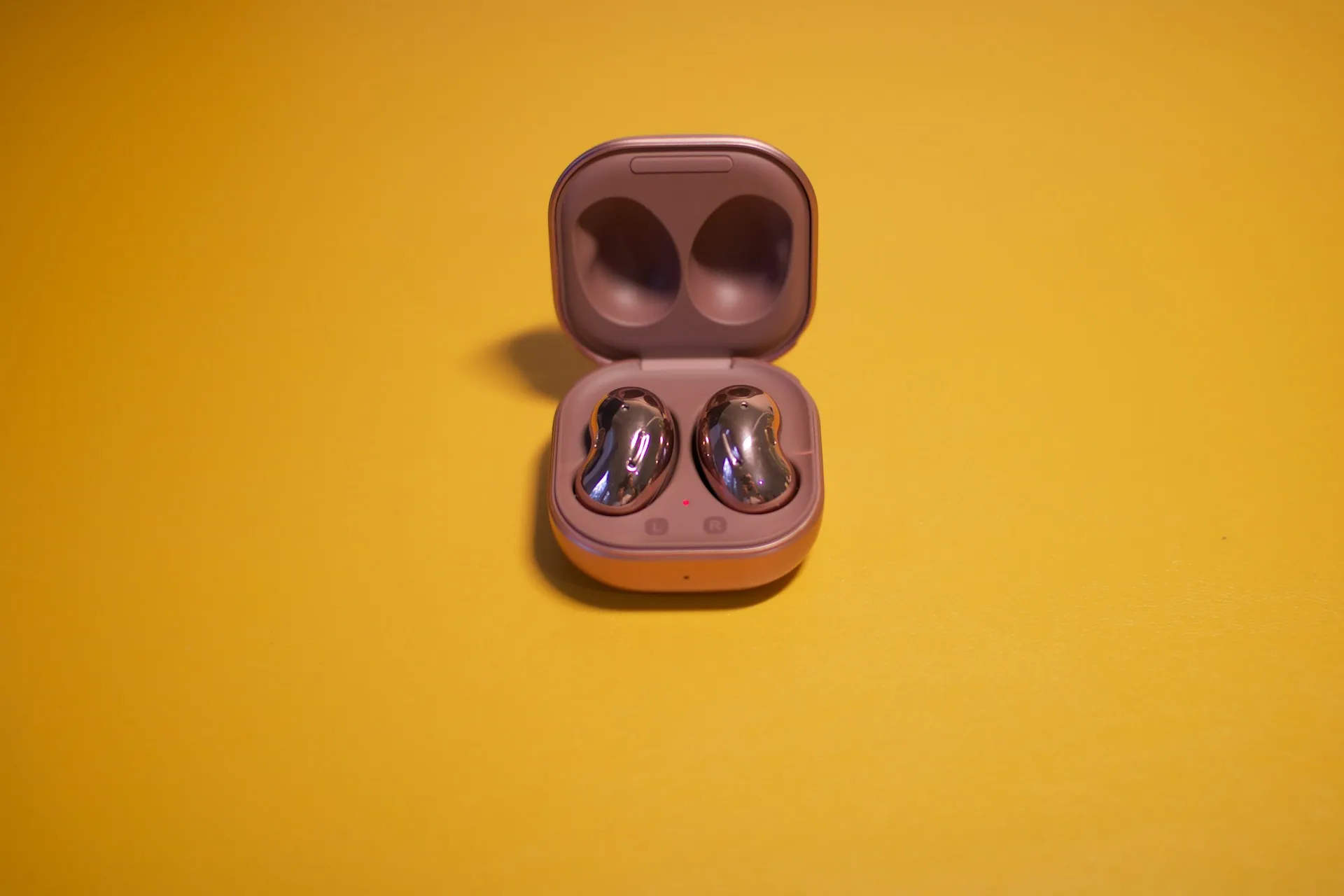
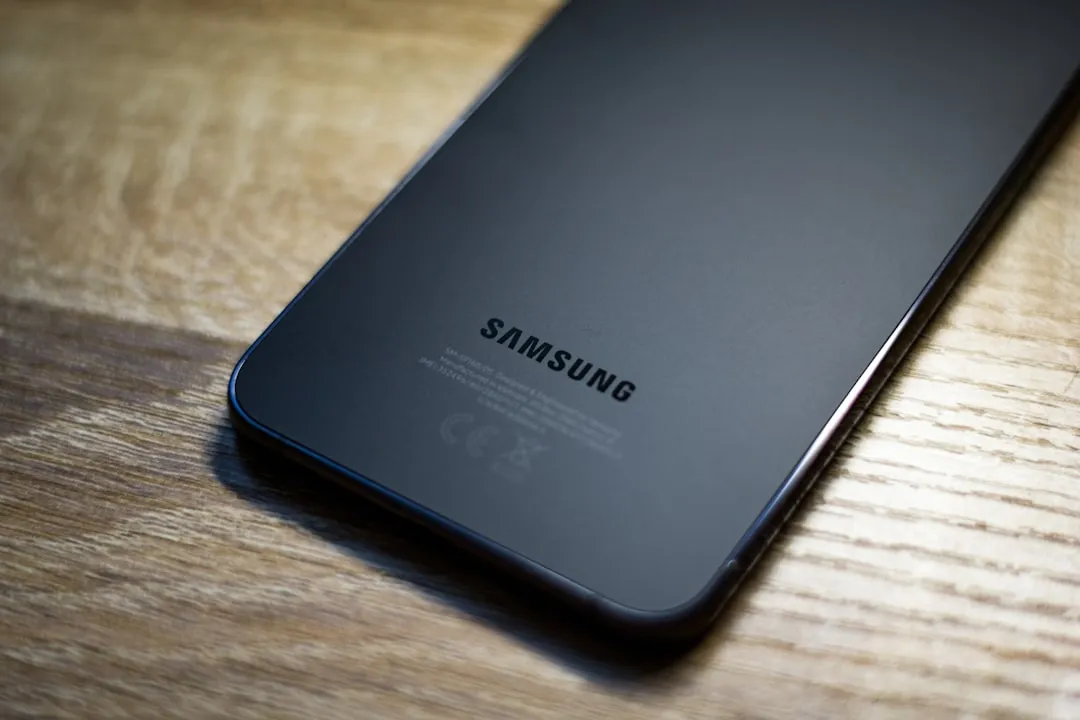

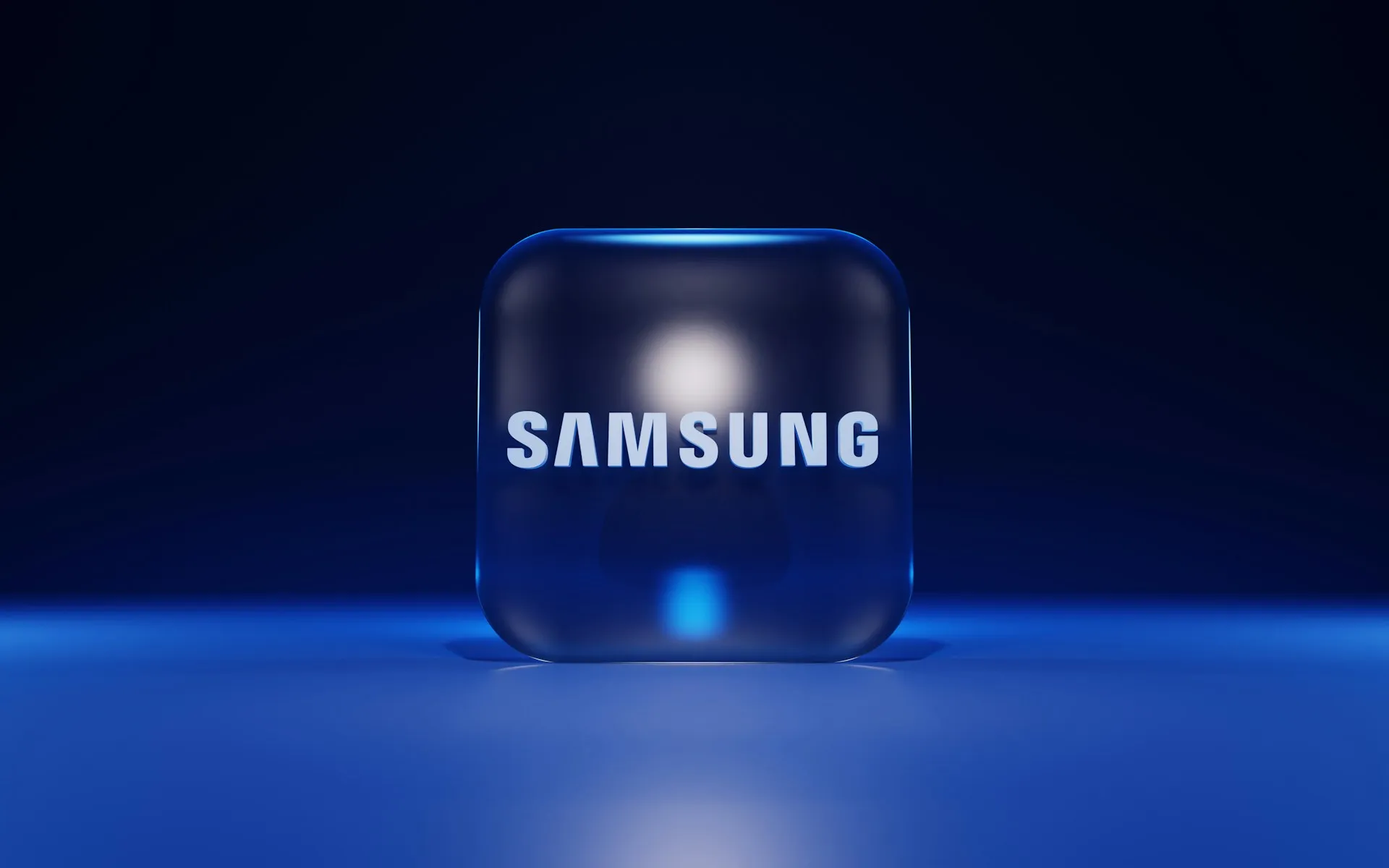
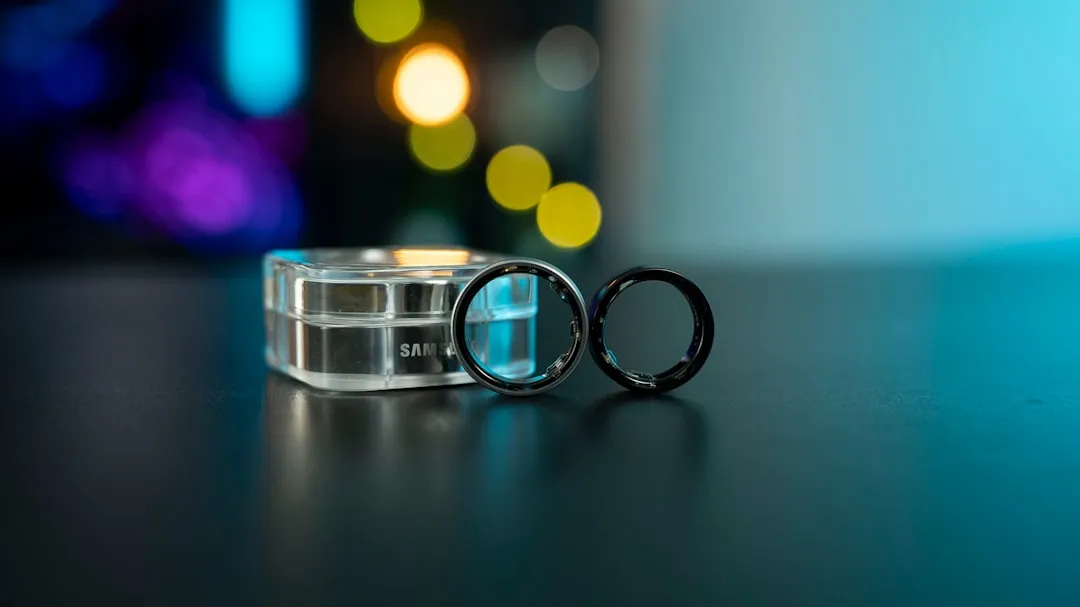

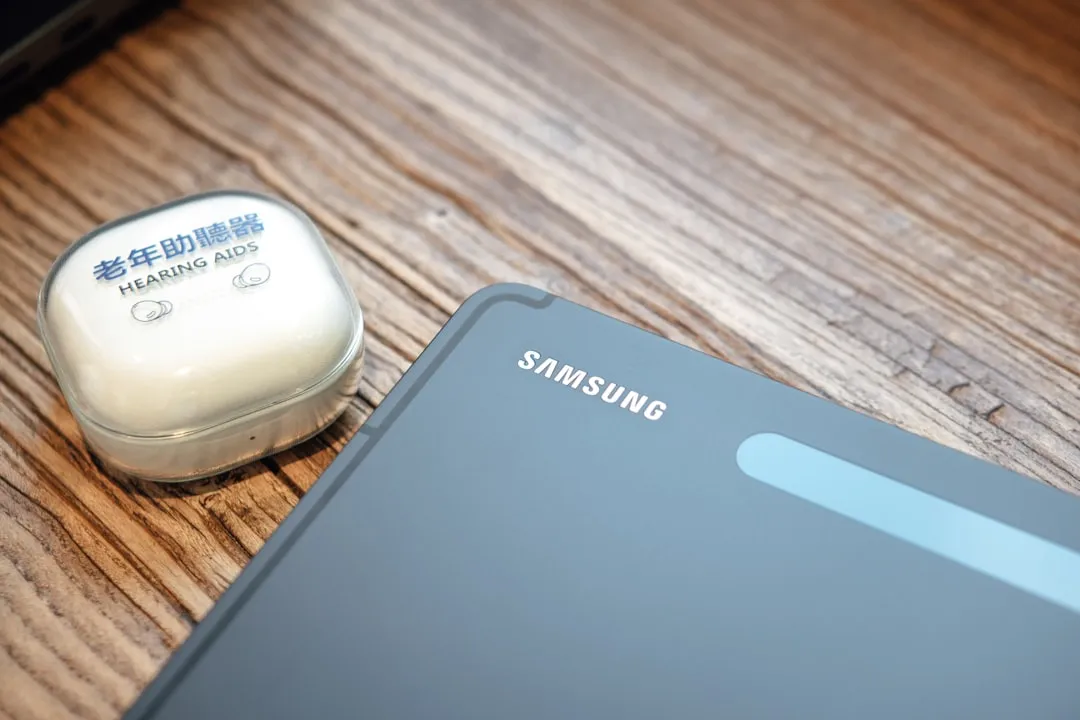
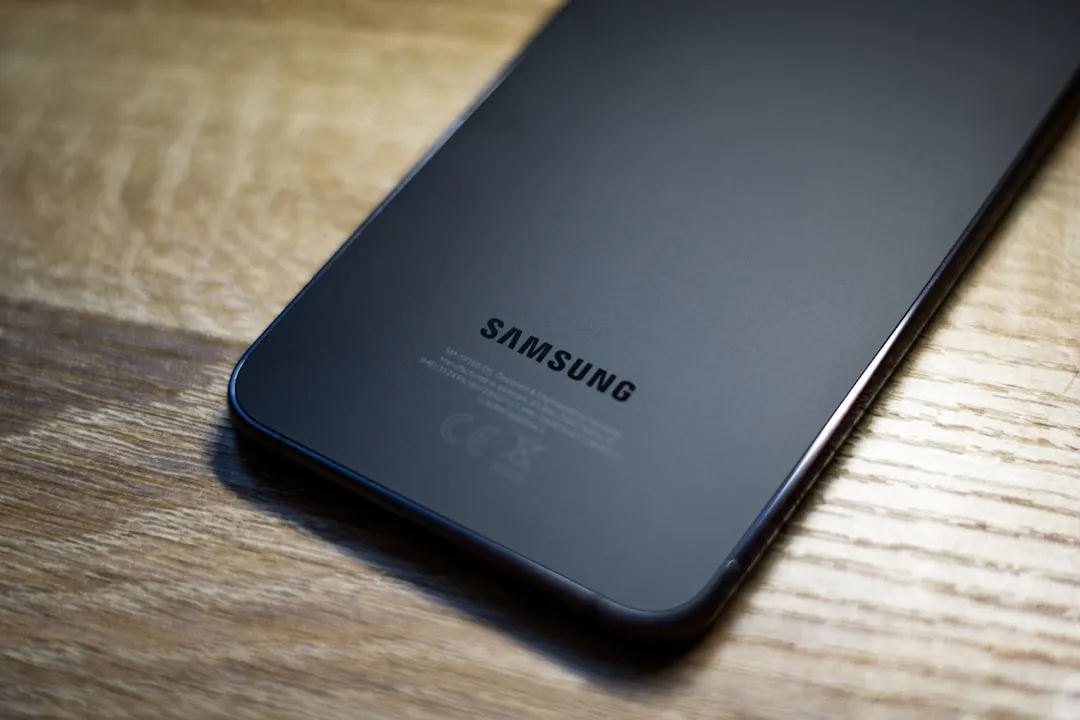



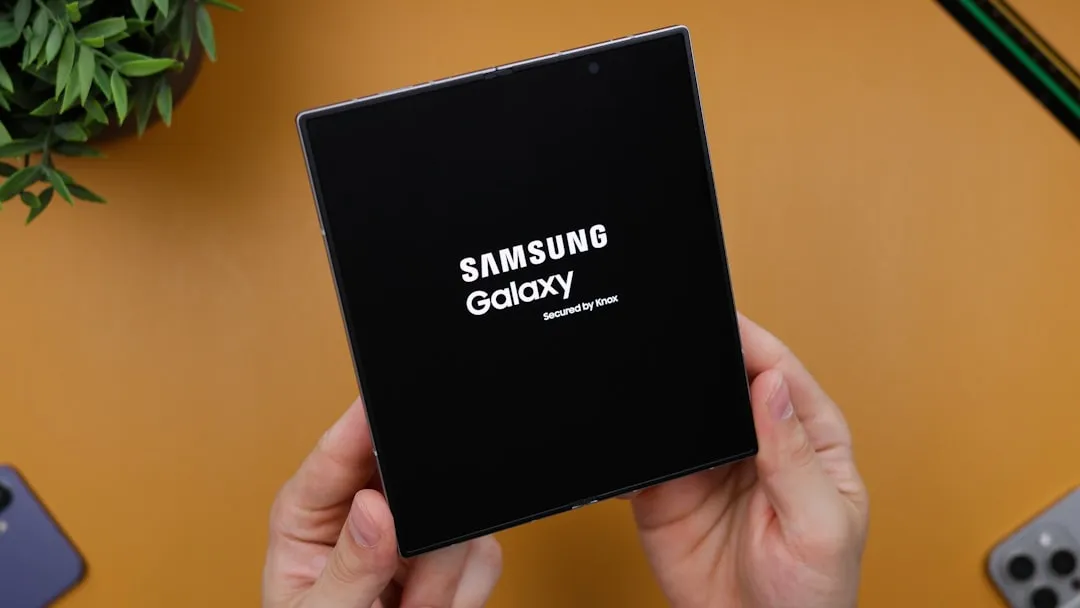

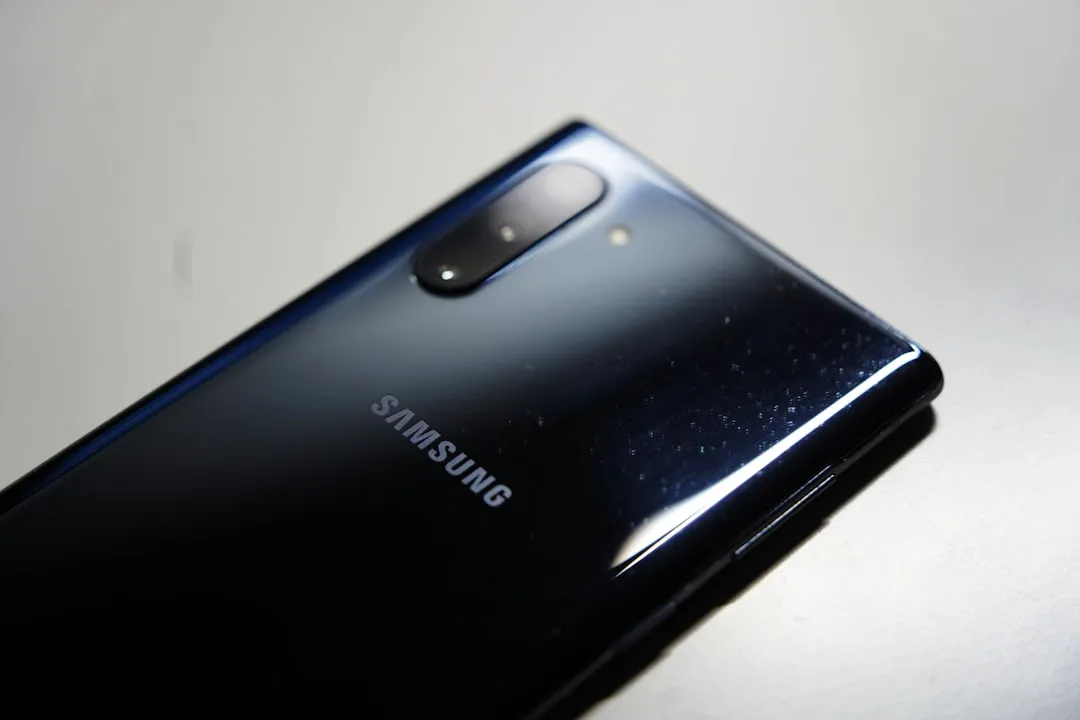
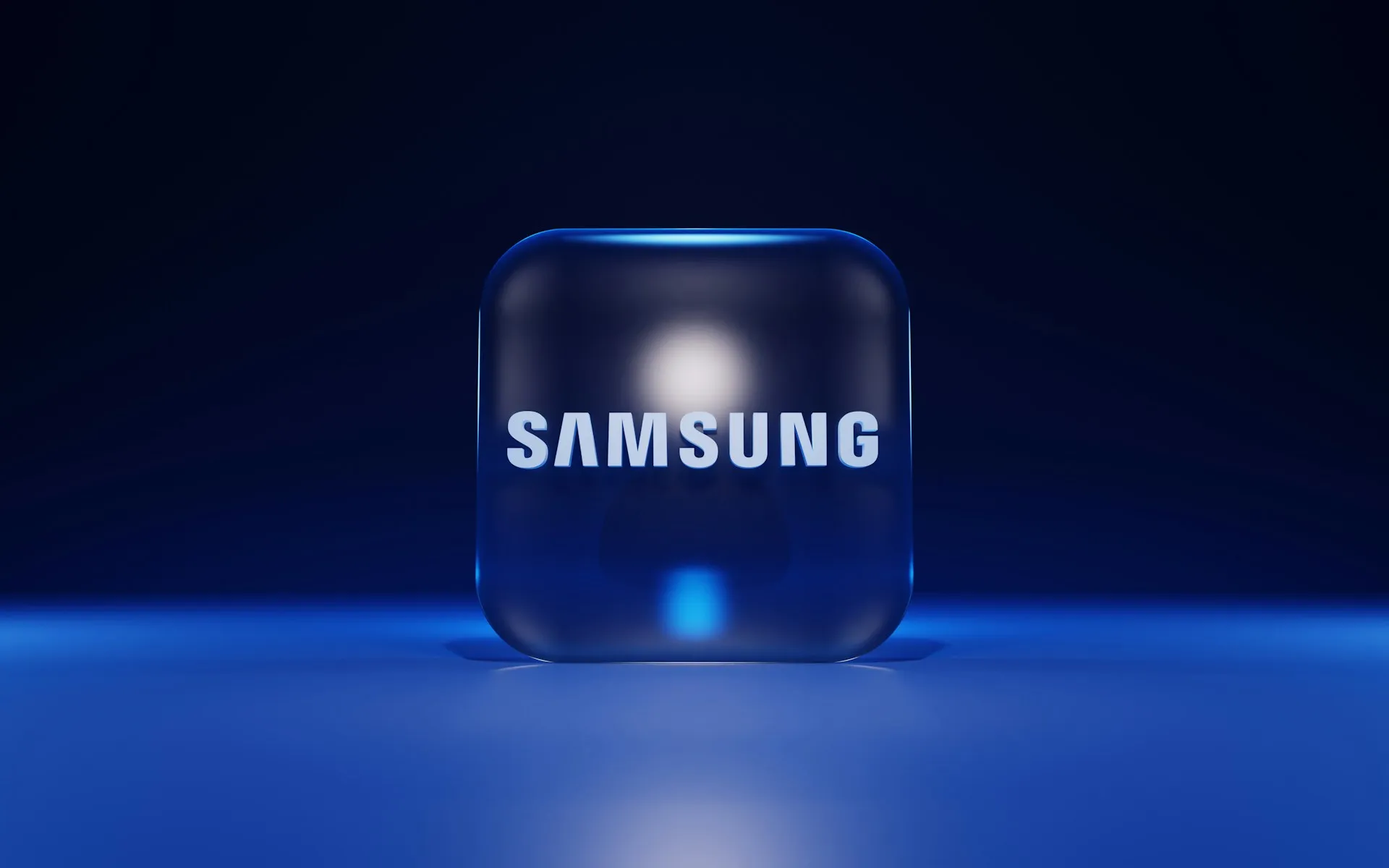
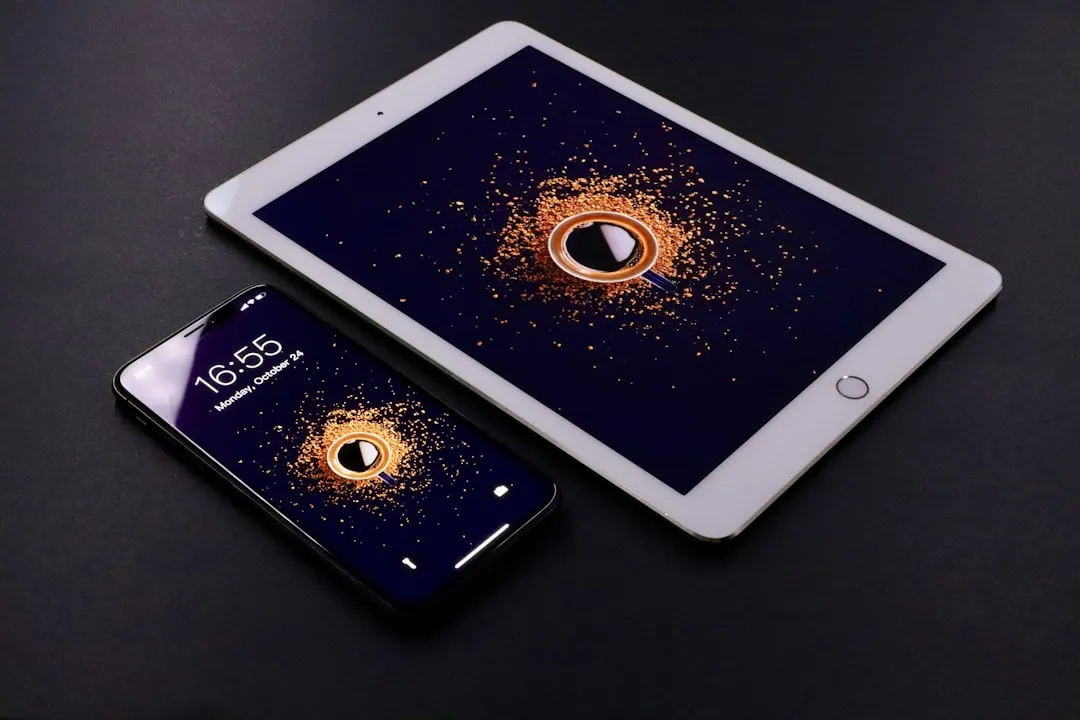
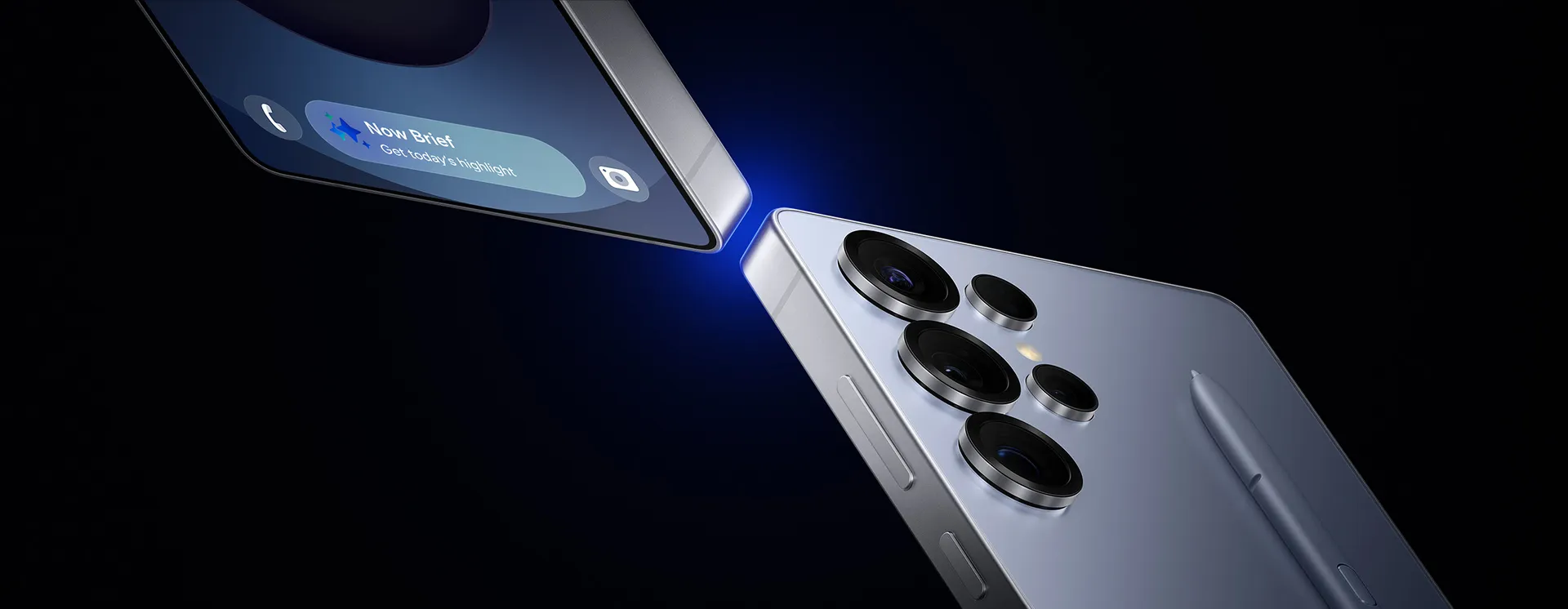

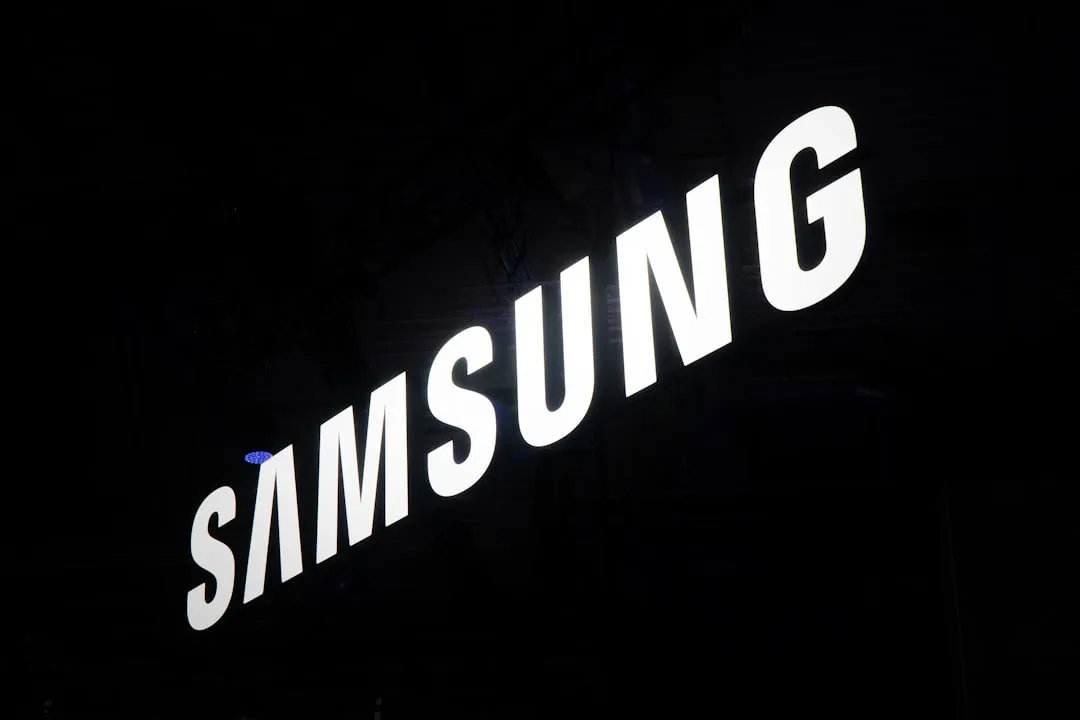

Comments
Be the first, drop a comment!